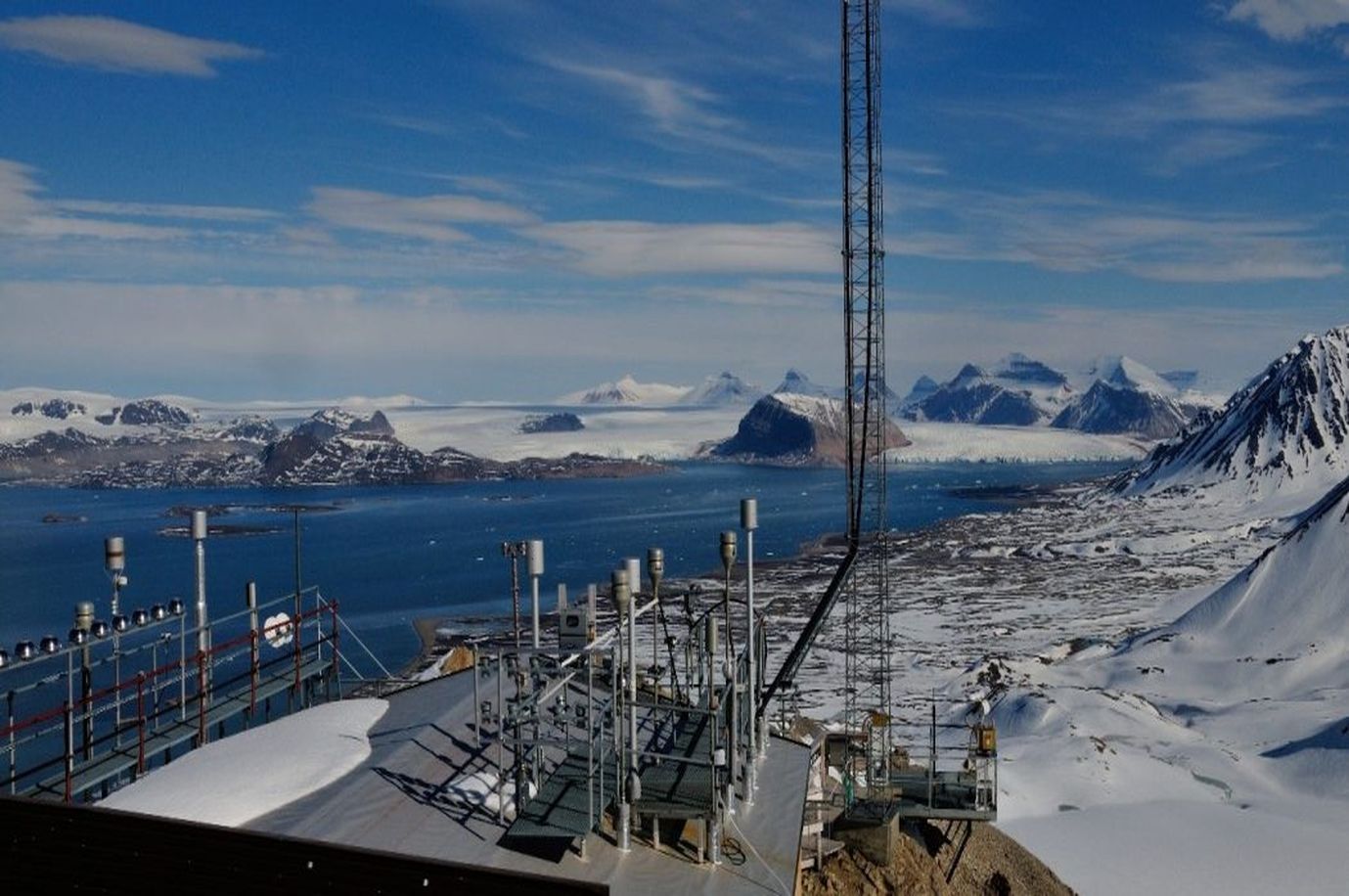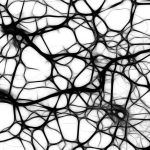Atmospheric reactive trace gases: low concentrations, major consequences
 Despite only being present in very small quantities, trace gases leave their mark on the atmospheric composition. Since they are reactive, they may lead to the formation of secondary compounds such as ozone or aerosols that have a significant impact on health and the climate. IMT Lille Douai is a partner in the ACTRIS H2020 project, which aims to carry out long-term observations of trace gases, aerosols and clouds to better understand how they interact with one another and how they impact the climate and air quality.
Despite only being present in very small quantities, trace gases leave their mark on the atmospheric composition. Since they are reactive, they may lead to the formation of secondary compounds such as ozone or aerosols that have a significant impact on health and the climate. IMT Lille Douai is a partner in the ACTRIS H2020 project, which aims to carry out long-term observations of trace gases, aerosols and clouds to better understand how they interact with one another and how they impact the climate and air quality.
Take some nitrogen, add a dose of oxygen, sprinkle in some argon and a few other inert gases, add a touch of water vapor and a pinch of carbon dioxide and you have the Earth’s atmosphere, or almost! Along with this mix composed of approximately 78% nitrogen, an honorable 21% oxygen, less than 1% argon and 0.04% carbon dioxide, you will also find trace gases with varying degrees of reactivity. Emitted by both anthropogenic and natural sources, these gases exist in concentrations in the nanogram range, meaning 0.000000001 gram per cubic meter of the atmosphere. Does this mean they are negligible? Not really! “Once emitted these gases are not inert, but reactive,” explains Stéphane Sauvage, a researcher in atmosphere sciences and environmental technology at IMT Lille Douai. “They will react with one another in the atmosphere and lead to the formation of secondary species, such as ozone or certain aerosols that have a major impact on health and the climate.” This is why it is important to be able to identify and measure the precise quantity of these gases in the atmosphere.
ACTRIS (Aerosols, Clouds and Trace Gases Research Infrastructure) is a large-scale H2020 project which brings together 24 countries and over 100 laboratories, including IMT Lille Douai, as part of the ESFRI (European Strategy Forum on Research Infrastructure). By combining ground-based and satellite measurements, the aim is to carry out long-term observations of the composition of the atmosphere to better understand the factors behind the contaminants and their impact on the climate and air quality. In terms of innovation, the project seeks to develop new techniques and methods of observation. “At IMT Lille Douai, we have been developing our skills in ground-based observation of trace gases for many years, which has led to our being identified as contributors with extensive expertise on the topic,” says Stéphane Sauvage.
Gases that leave a mark on the atmosphere
Trace gases, which come from automobile exhausts, household heating, agricultural activities and emissions from plants and volcanoes, are good “tracers,” meaning that when they are measured, it is possible to identify their original source. But out of the 200 to 300 different species of trace gases that have been identified, some are still little-known since they are difficult to measure. “There are some very reactive species that play a key role in the atmosphere, but with such short lifetimes or in such low concentrations that we are not able to detect them,” explains Stéphane Sauvage.
Sesquiterpenes, a family of trace gases, are highly reactive. Emitted from vegetation, they play an important role in the atmosphere but remain difficult to quantify with current methods. “These gases have a very short lifetime, low atmospheric concentrations and they degrade easily during sample collection or analysis,” says Stéphane Sauvage.
On the other hand, some species, such as ethane, are well-known and measurable. Ethane results from human activity and has a low level of reactivity, but this does not make it any less problematic. It is present at a non-negligible level on a global scale and has a real impact on the formation of ozone. “We recently published an article in the Nature Geoscience journal about the evolution of this species and we realized that its emissions have been underestimated,” notes Stéphane Sauvage.
Complex relationships between aerosols, clouds and trace gases
In addition, by reacting with other atmospheric compounds, trace gases can lead to the formation of aerosols, which are suspensions of fine particles. Due to their capacity to absorb light, these particles impact the climate but can also penetrate the respiratory system leading to serious health consequences. “Although natural and anthropogenic sources are partially responsible for these fine particles, they are also produced during reactions with reactive trace gases through complex processes which are not yet entirely understood,” explains Stéphane Sauvage. This illustrates the importance of the ACTRIS project, which will observe the interactions between trace gases and aerosols, as well as clouds, which are also affected by these compounds.
Read more on IMTech: What are fine particles?
The measurements taken as part of the ACTRIS project will be passed on to a number of different players including weather and climate operational services, air quality monitoring agencies, the European Space Agency and policy-makers, and will also be used in agriculture, healthcare and biogeosciences. “The ACTRIS infrastructure is currently being built. We will enter the implementation phase in 2019, then the operational phase will begin in around 2025 and will last 25 years,” says Stéphane Sauvage. This is a very long-term project to organize research on a European scale, drawing on the complementary skills of over 100 research laboratories from 24 countries — to take atmospheric sciences to a stratospheric level!
[box type=”shadow” align=”” class=”” width=””]
A workshop on data from observations of reactive trace gases
Engineers and researchers from ten European countries met at IMT Lille Douai from 16 to 18 May for the annual ACTRIS project workshop on reactive trace gases. The objective was to review the data collected in Europe in 2017 and to discuss its validity along with the latest scientific and technical developments. All the players involved in making ground-based measurements of trace gases, aerosols and clouds will meet at IMT Lille Douai in October. Learn more
[/box]





Leave a Reply
Want to join the discussion?Feel free to contribute!